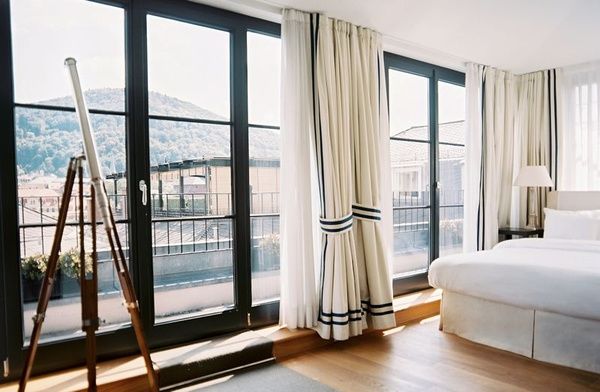
A sunroom, also known as a solarium or a sun porch, is a versatile addition to a home that provides a transitional space between the indoors and outdoors. It offers a unique environment where you can enjoy natural light, fresh air, and outdoor views while still being protected from the elements. Determining the right size for a sunroom involves careful consideration of various factors, including your intended use, available space, architectural style, and budget. In this guide, we explore the key considerations in determining a good sunroom size that meets your needs and enhances your living experience.
1. Purpose and Intended Use:
The first step in determining the size of your sunroom is to clarify its purpose. Different homeowners have diverse reasons for adding a sunroom, and the purpose can significantly influence the ideal size:
- Relaxation and Entertainment: If you plan to use the sunroom as a space for relaxation, reading, or hosting guests, you’ll want a comfortable amount of seating and room to move around. Consider adding comfortable furniture like sofas, chairs, and tables to accommodate your activities.
- Dining Area: If you intend to use the sunroom as a dining area, ensure there’s enough space for a dining table and chairs. You’ll want to have ample room for seating without feeling cramped.
- Greenhouse or Garden Room: If you’re interested in using the sunroom as a greenhouse or a place to nurture indoor plants, you might need additional space for shelves, planters, and potting supplies.
2. Available Space:
The size of your existing space will play a significant role in determining the dimensions of your sunroom. Consider the following factors:
- Exterior Space: Look at the available exterior space adjacent to your home. Consider whether you have a small patio, an existing porch, or an area that can be converted into a sunroom. The dimensions of this space will influence the size of your sunroom.
- Architectural Constraints: Consider any architectural constraints imposed by your home’s design and layout. These might include existing windows, doors, and structural elements that could impact the sunroom’s size and placement.
3. Architectural Integration:
For a sunroom to seamlessly integrate with your home’s architecture, it should feel like a natural extension of the existing structure. The design and size of the sunroom should complement your home’s style and proportions.
- Proportion and Scale: A sunroom that is too small or too large in to your home can appear awkward. Aim for a size that harmonizes with your home’s scale and architectural style.
- Consistency: Consider using similar materials, colors, and design elements that are consistent with your home’s exterior. This helps create a cohesive look and enhances curb appeal.
4. Budget:
Your budget will also play a significant role in determining the size of your sunroom. Larger sunrooms generally come with higher construction costs due to increased material and labor requirements. Factor in not only the initial construction costs but also potential heating, cooling, and maintenance expenses.
5. Building Codes and Permits:
Check local building codes and regulations before finalizing the size of your sunroom. Some areas have specific requirements for setbacks, building height, and overall square footage. Obtaining the necessary permits ensures that your sunroom is compliant with local laws.
6. Climate and Orientation:
Consider the climate of your location and the sunroom’s orientation when determining its size. In colder climates, a smaller sunroom might be easier to heat and keep warm during the winter months. In warmer climates, a larger sunroom with appropriate shading can provide a comfortable space even during the hottest times of the day.
7. Furniture Layout:
When planning the size of your sunroom, visualize how furniture will be arranged. Allow enough space between furniture pieces to ensure comfortable movement. If you’re unsure about the layout, consider drawing a to-scale floor plan to visualize how the sunroom will accommodate your furniture and activities.
8. Multi-Functional Space:
If you’re seeking a versatile sunroom that can serve various purposes, consider a size that allows for different seating arrangements or zones within the space. This way, you can enjoy relaxation, dining, and other activities in the same sunroom without feeling cramped.
Conclusion: Creating a Sunny Haven
Choosing the right size for your sunroom involves a delicate balance between your intended use, available space, architectural style, and budget. By carefully considering these factors, you can create a sunroom that not only adds value to your home but also becomes a haven of relaxation and enjoyment. Whether you’re seeking a cozy nook for reading, a spacious dining area, or a thriving garden oasis, the perfect sunroom size will enhance your lifestyle and connect you with the beauty of the outdoors while providing a comfortable indoor environment.
